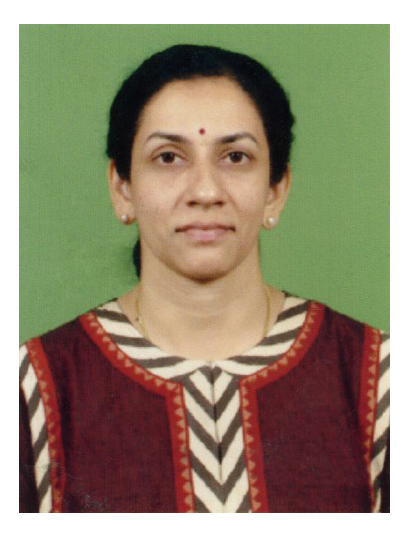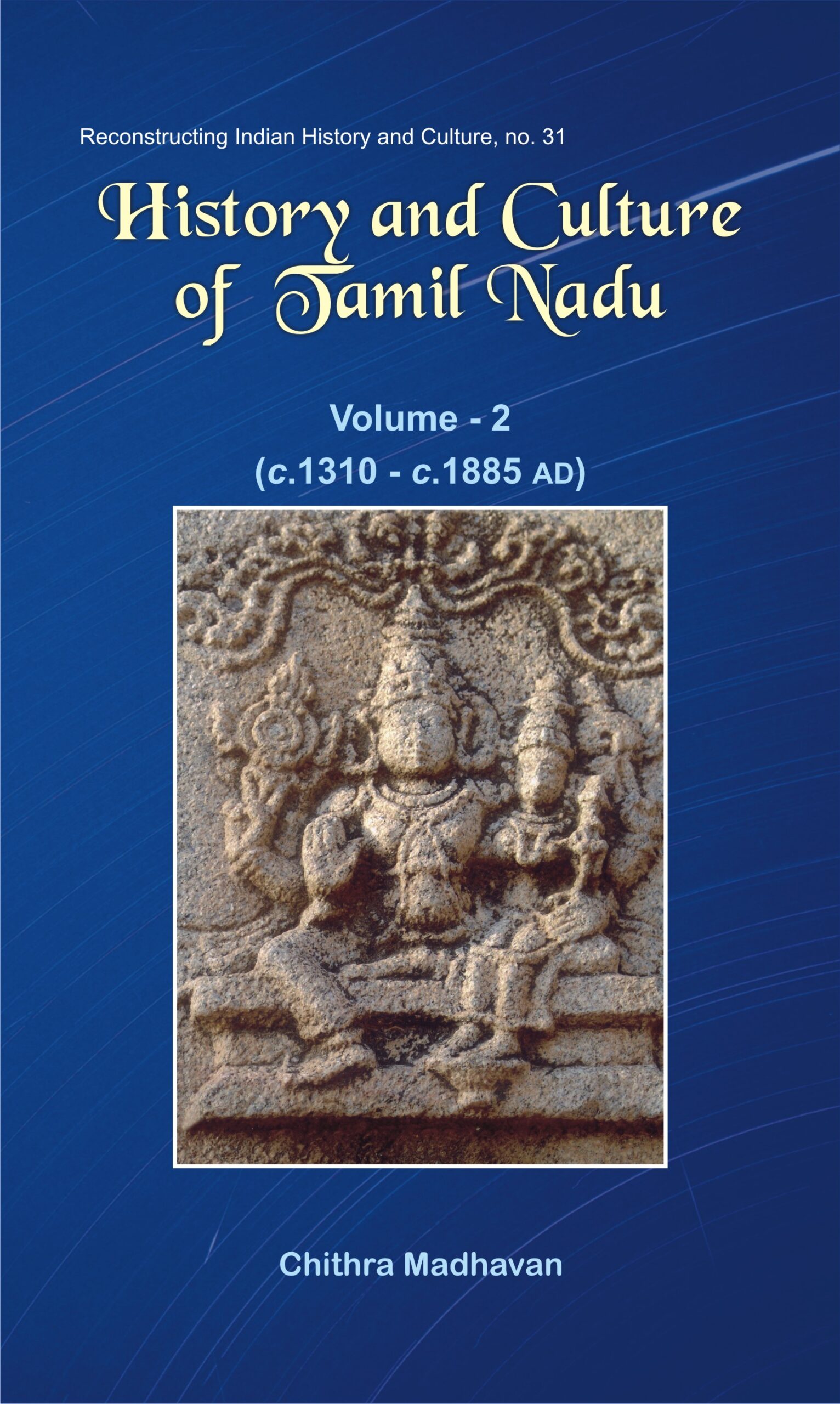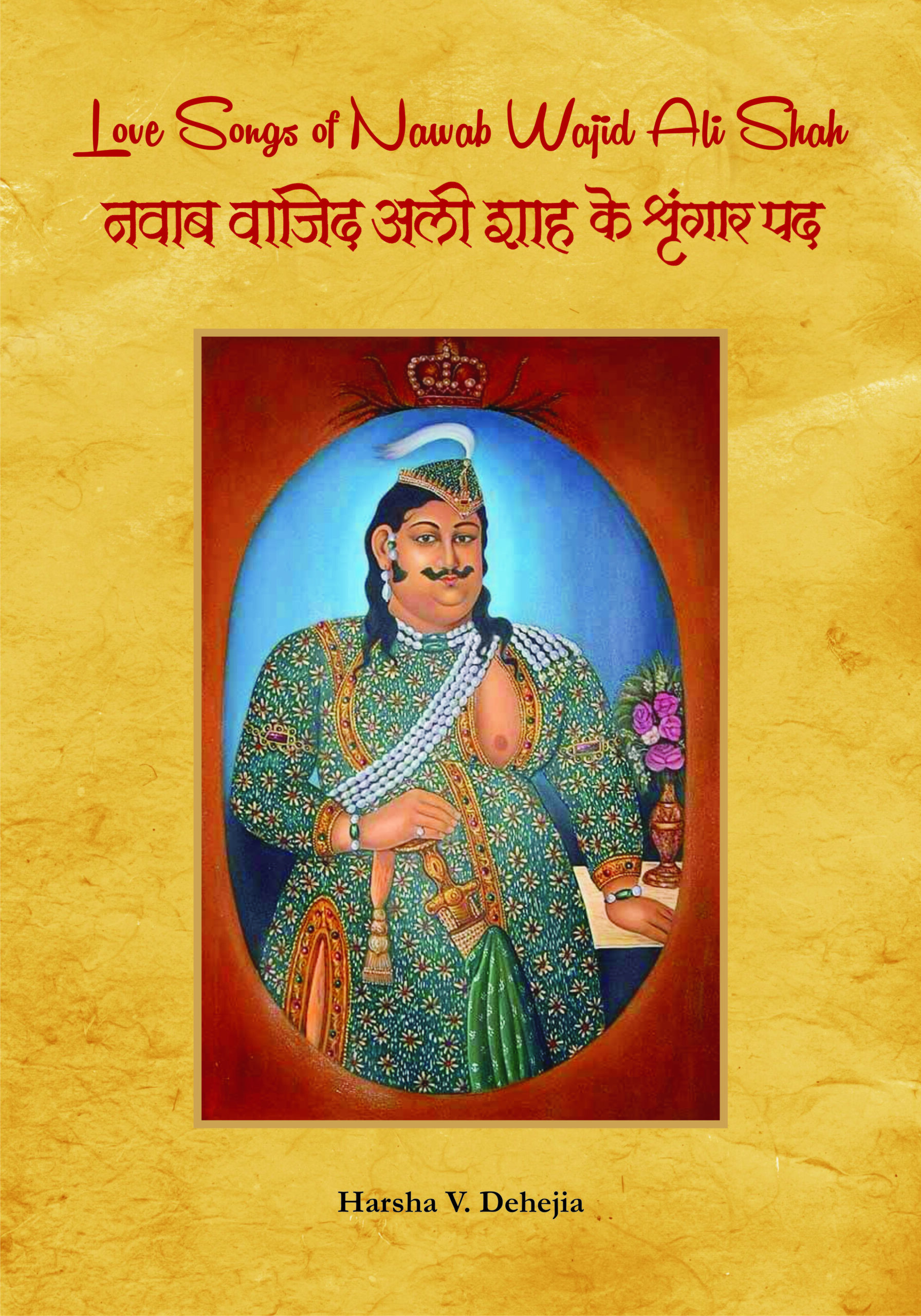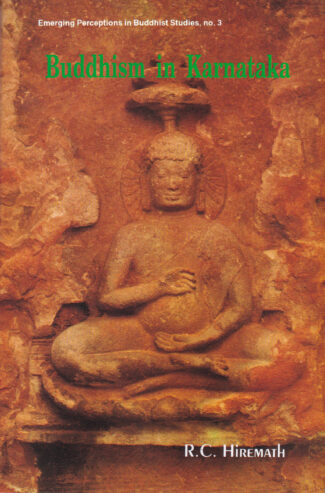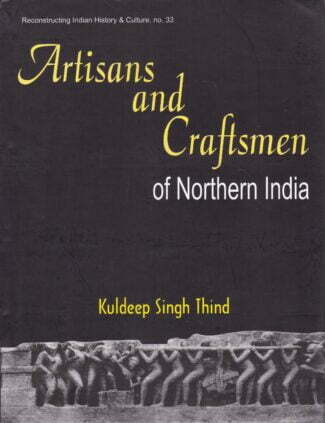

History and Culture ...
History and Culture of Tamil Nadu: Vol. 1
As Gleaned from the Sanskrit Inscriptions (Up to c. AD 1310) by: Chithra MadhavanA comprehensive work on chaste Sanskrit inscriptions of ancient Tamil Nadu, under Pallavas, Pandavas, Coëas and their vassals; focussing on the then prevalent socio-economic, literary, religio-cultural and administrative paradigms. A valuable contribution to the field of epigraphy and history of Tamil Nadu.
Original price was: ₹1,100.00.₹990.00Current price is: ₹990.00.
ISBN: 9788124603086
Year Of Publication: 2018
Edition: 2nd
Pages : xix, 305
Bibliographic Details : Appendix; Index; Bibliography
Language : English
Binding : Hardcover
Publisher: D.K. Printworld Pvt. Ltd.
Size: 23 cm.
Weight: 650
Inscriptions are the most authentic and vital source for reconstructing the history of India. Epigraphs were composed in Sanskrit in various parts of India and the ancient Tamil country was no exception to this practice. Among the thousands of epigraphs found all over Tamil Nadu, a large number are composed in chaste Sanskrit and these as well as the Sanskrit portions of the bi-lingual copper-plate records serve as an important source of data about the conditions which existed in the ancient Tamil country. These Sanskrit inscriptions are also excellent pieces of prose and poetry and reveal the high standard which this language had attained in the ancient past in the Tamil country. This is a comprehensive and interesting work dealing with the Sanskrit inscriptions of ancient Tamil Nadu belonging to the period of the Pallavas, Pandyas and Colas and their vassals. It focuses attention on aspects of civil and military administration, social and economic life, education, literature and also the religious and cultural conditions of those ages. These inscriptions serve to highlight the cultural richness which Tamil Nadu enjoyed specially under the Pallavas, Pandyas and Colas. This book is a valuable contribution to the field of epigraphy and to the history of Tamil Nadu.
Foreword
Preface
Abbreviations
Key to Transliteration
Introduction
1. Political Geography
Nadu Valanadu Mandalam Capital Cities Kavcipuram Tavjavur Gangaikondacolapuram Madurai Port Cities Mamallapuram Nagapattinam Vatapi Manyakheta Kerala Utkala and Kalinga Overseas Contacts Sri Lanka Kamboja Kataha
2. Administration (Civil)
The King Qualities of a King Divine Origin Duties of the Kings Paternal Aspect of Kingship Kings as Upholders of Dharma Kings as Upholders of Social Order Succession Coronation Ceremony Yuvaraja Imperial Titles Royal Emblems Ministers Amatyas Mantris Saciva Mahamatras Adhyakshas Treasurer Spies Rahasyadhikrit Sandhivigraha Karanika Gajadhyaksha: Superintendent of Elephants Members of the Royal Family Vassal Chiefs Justice Punishments Imprecatory Verses Revenue Administration Pariharas Expenditure
3. Administration (Military)
Army Generals Composition of the Army Divisions in the Army Chariots Elephants Cavalry Import of Horses Infantry Military Ethics Character of the Soldiers Weapons of War Musical Instruments Used in Wars Camps Forts Navy
4. Economic Life
Agriculture Crops Irrigation Tanks Maintenance of Tanks Income From Tanks Wells Channels Water-Levers Artisans Goldsmith Blacksmith Leather Workers Barbers Weavers Architects Special Privileges Guilds The Temple as a Socio-Economic Centre Priests Accountants Medicine Weights and Measures Land Measures Nivartana Pattika Weights Kalavju Dinara
5. Social Life
Brahmanas Brahmanas as Administrators and Warriors Other Castes Women Queens Sports and Pastimes Wrestling Gambling
6. Education and Literature
Education of Princes Kings and Patrons of Education Centres of Education Centres of Brahmanical Learning Ghatika Meeting Place of the Ghatika Members of the Ghatika Subjects Taught at the Ghatika Vidyasthana Mathas Agraharas Temple Colleges Shalai Popular Education Sanskrit Learning in the Tamil Country Vidyacakravartins Inscriptions as a Mirror to Sanskrit Literature Bhagiratha Vaishnava Mythology Dashavatara Varaha Trivikrama Parashurama Rama Krishna Adishesha Lakshmi Shaiva Mythology Parvati Ganesha Muruga Harihara Brahma Sarasvati Indra Sages Metres Fine-Arts Music Dance Painting Sculpture Art of Theft
7. Religion
Alvars and Nayanmars Temple Gardens Pashupatas, Kalamukhas and Kapalikas Ritual Sacrifices Mahadanas Rivers Cows Spiritual Preceptors Jainism Buddhism
Conclusion
Appendix
Bibliography
Index




